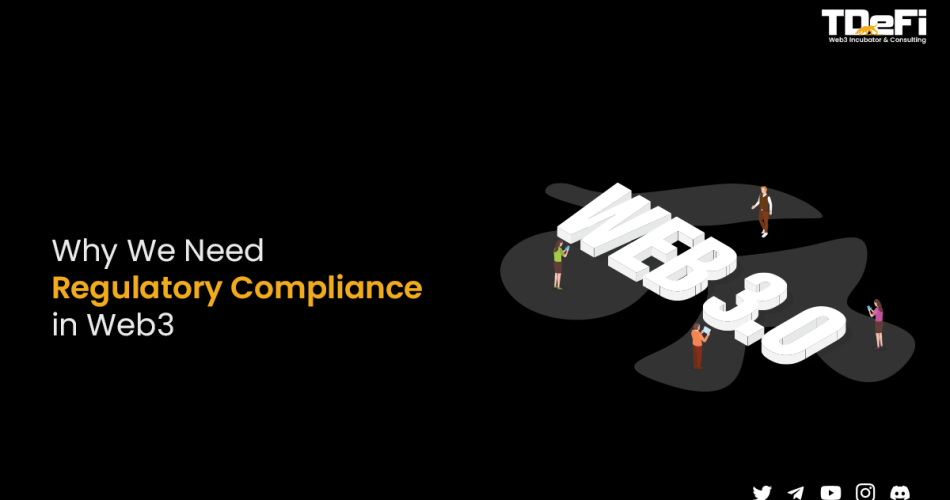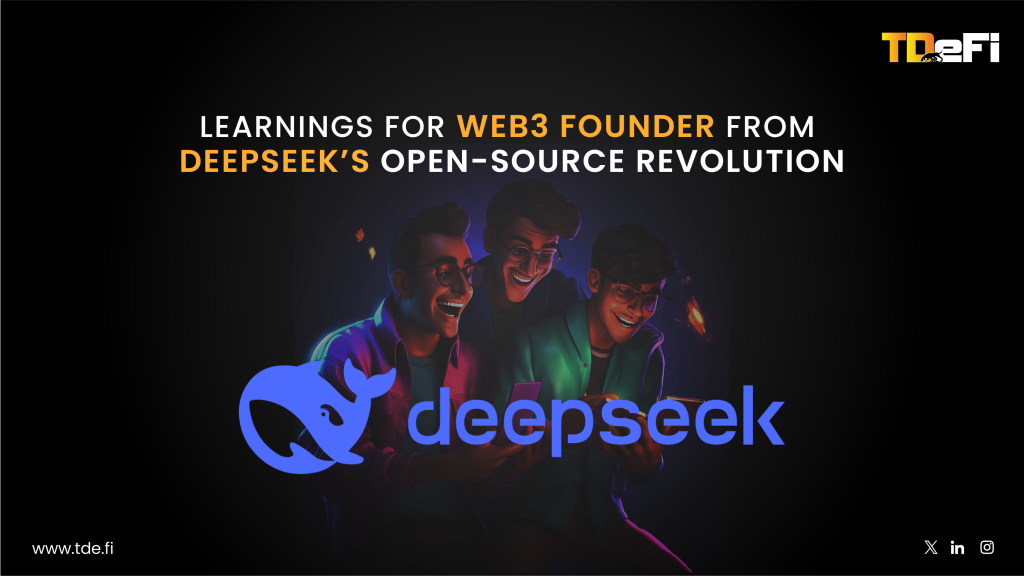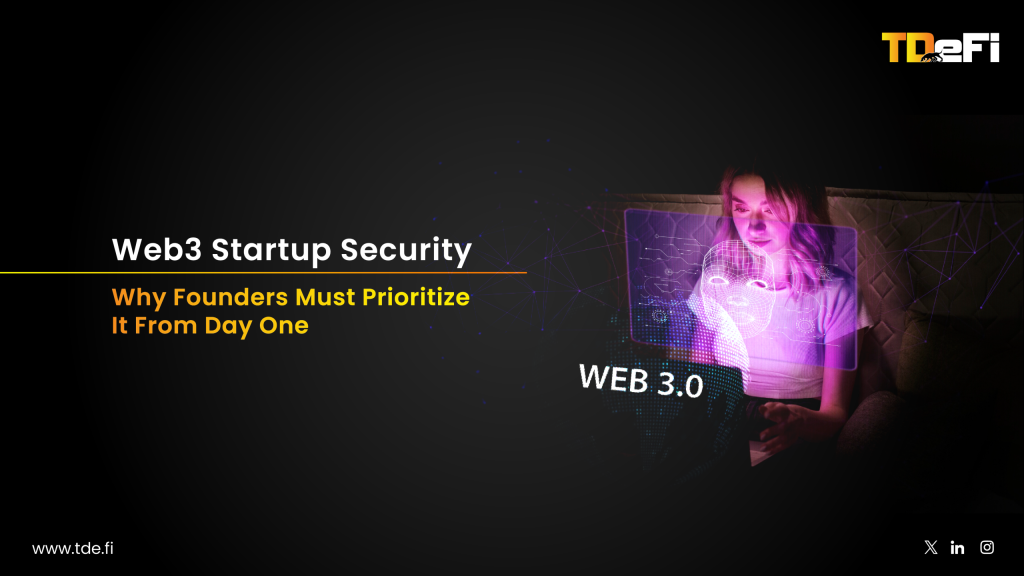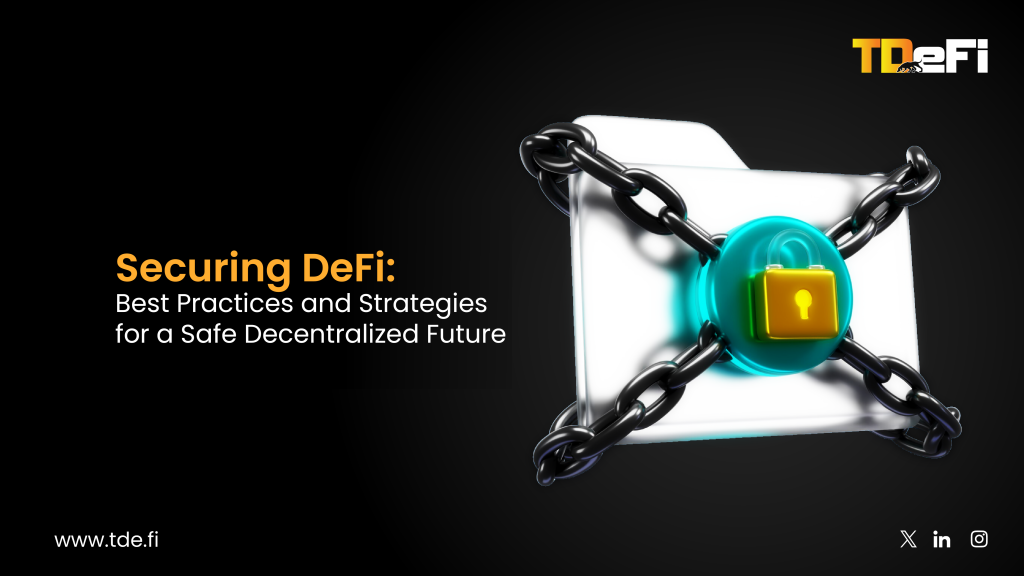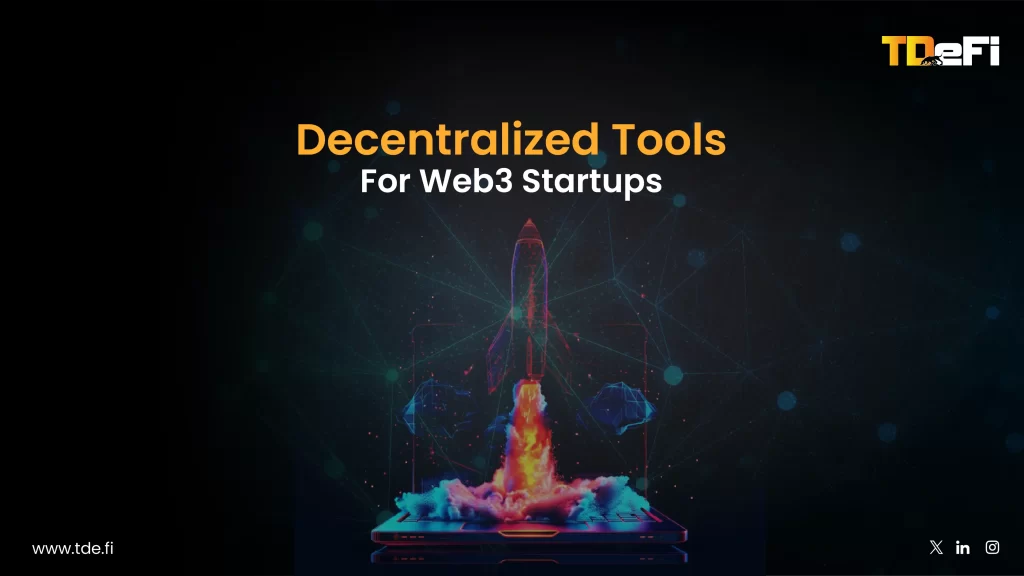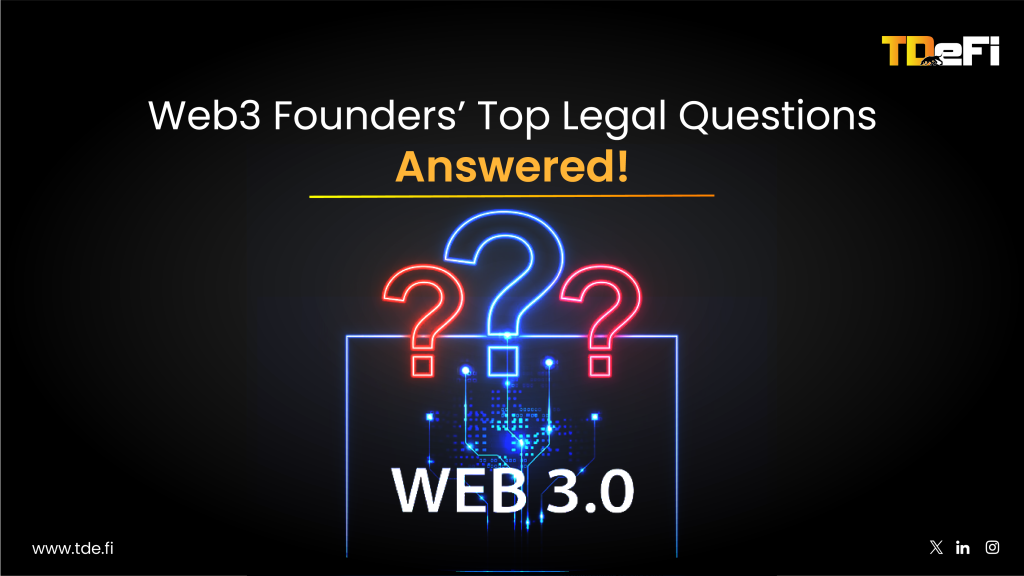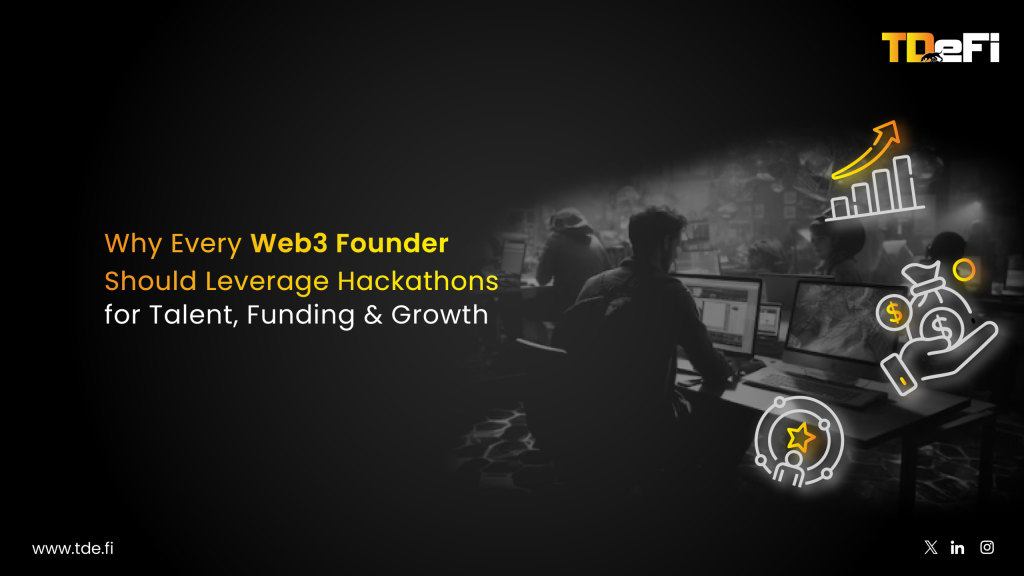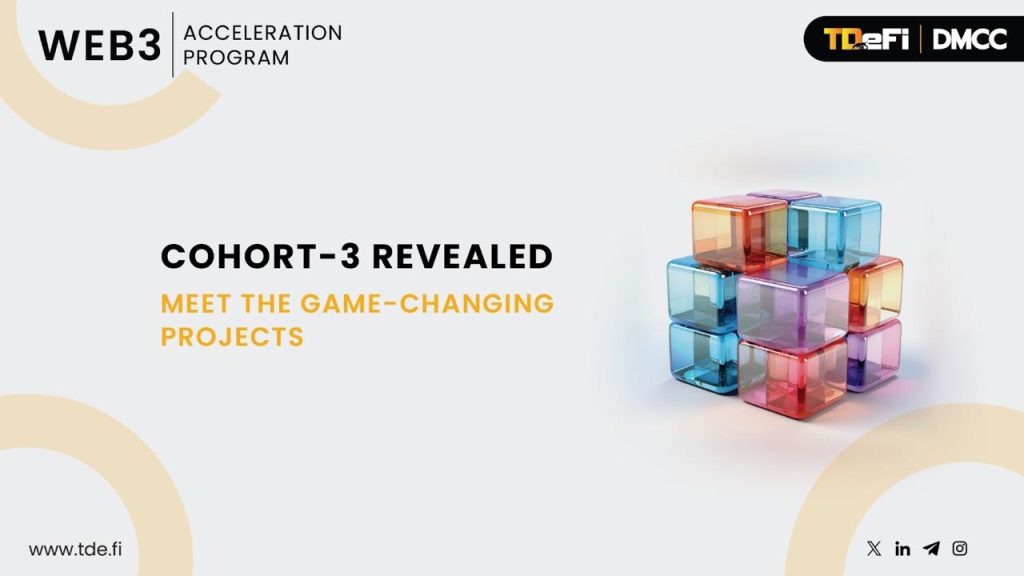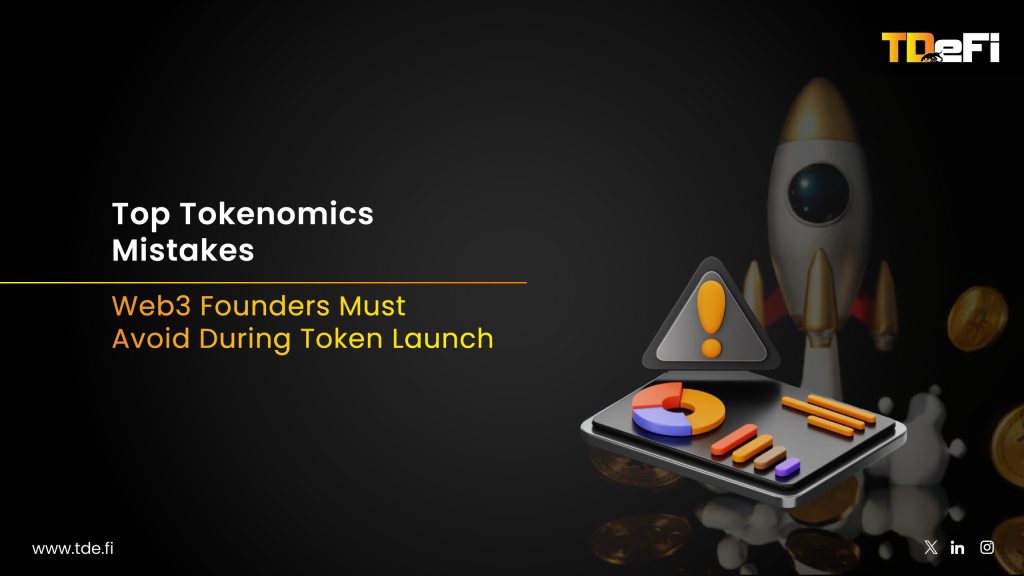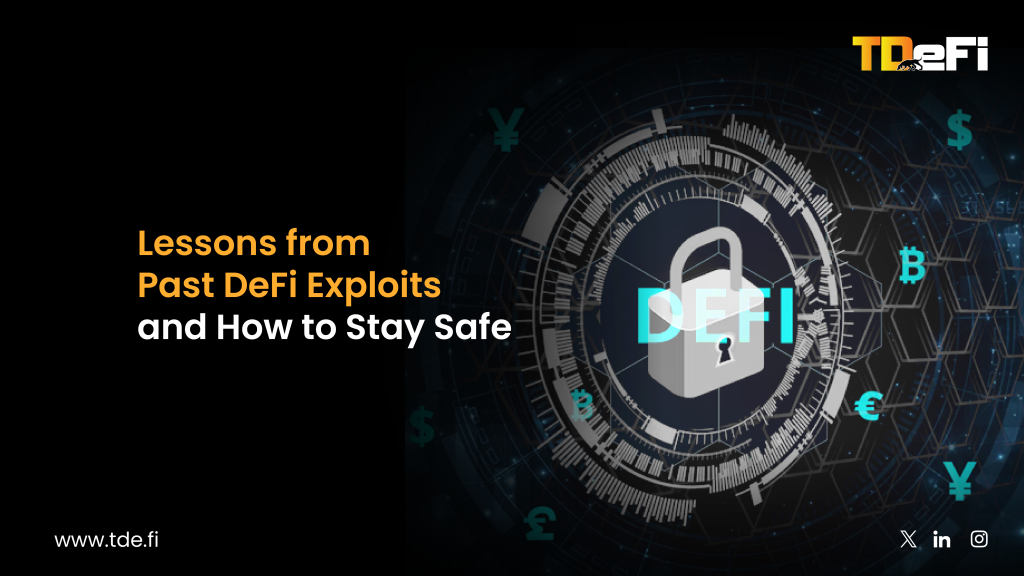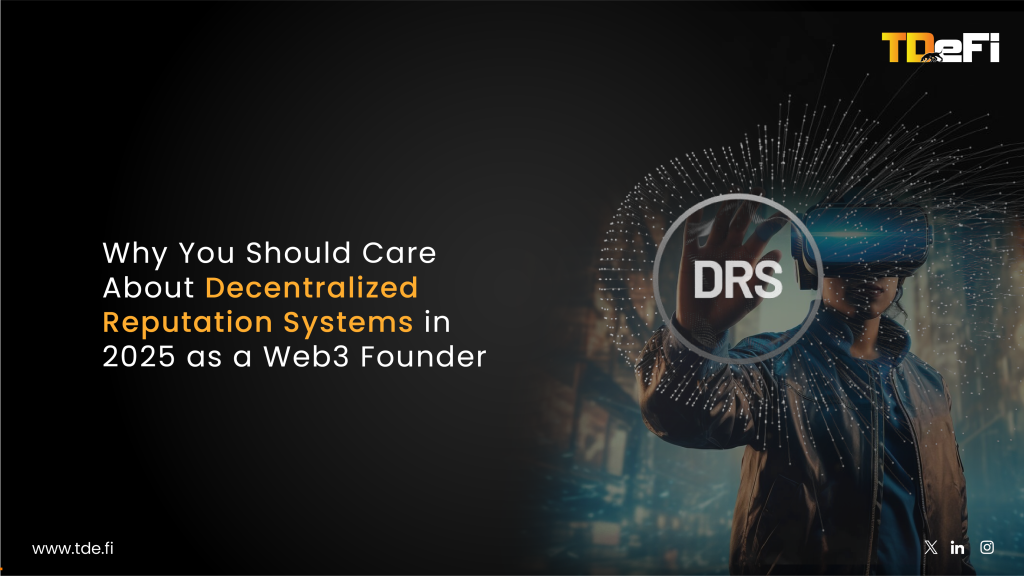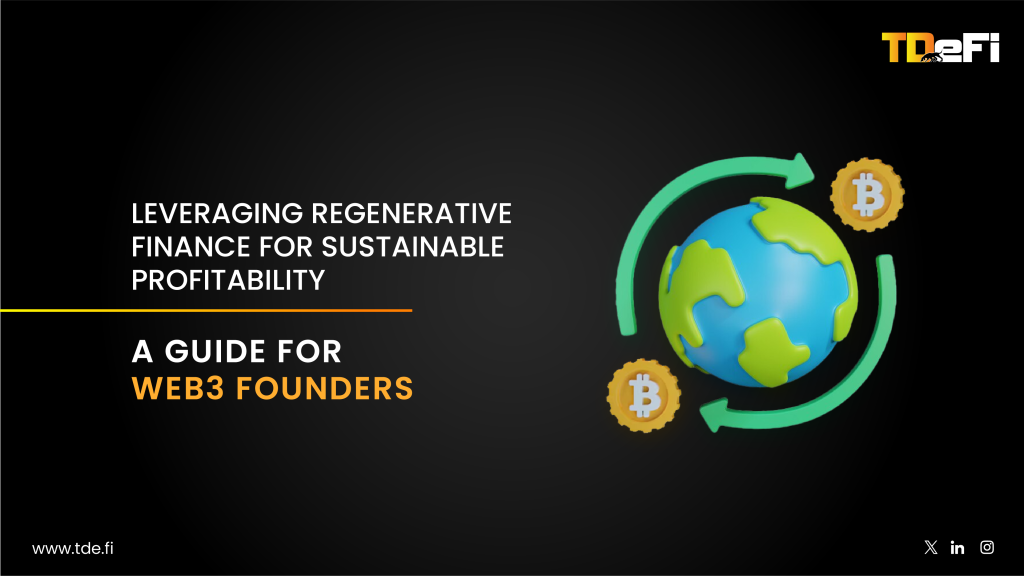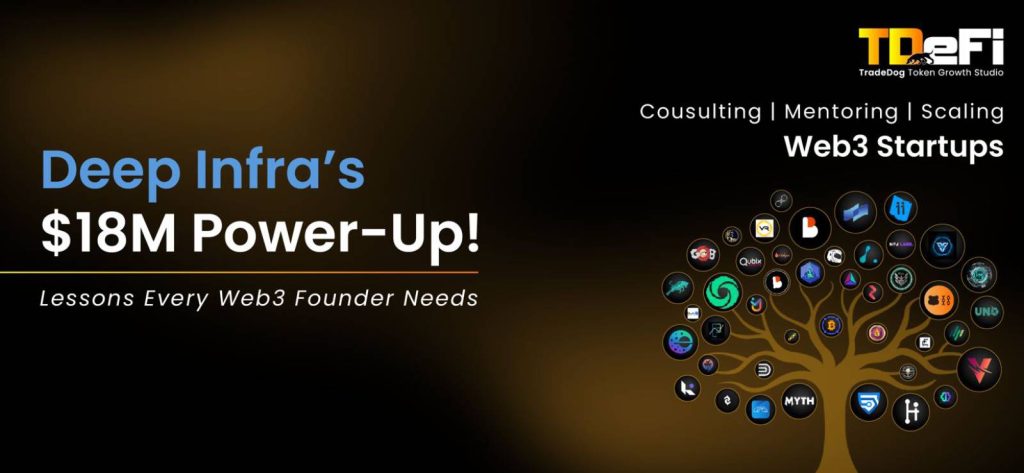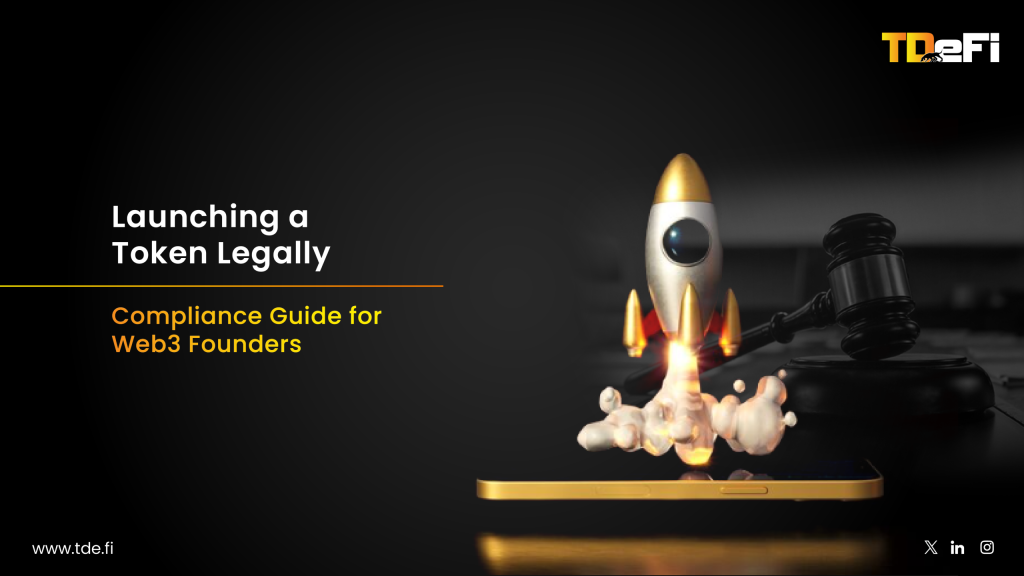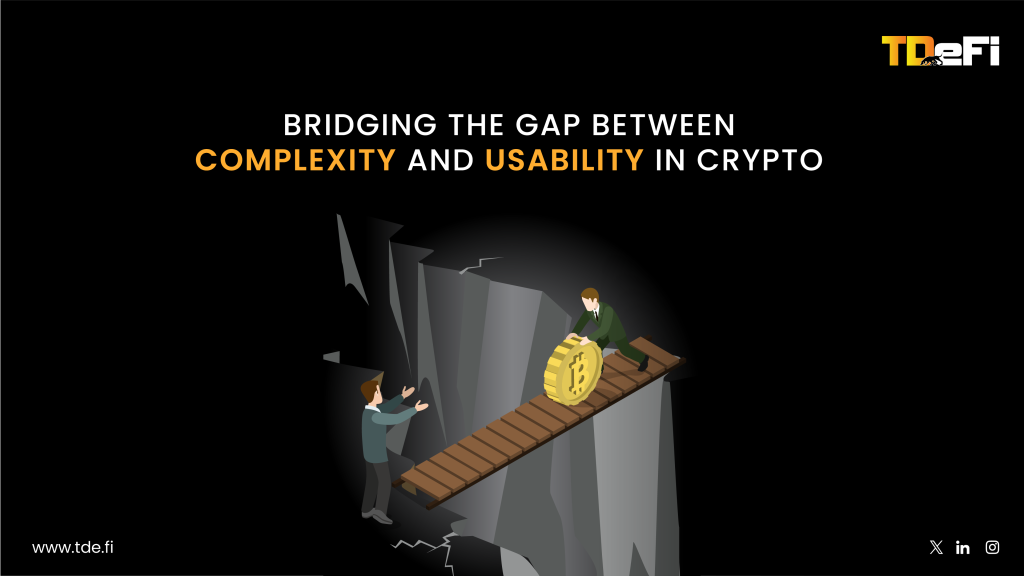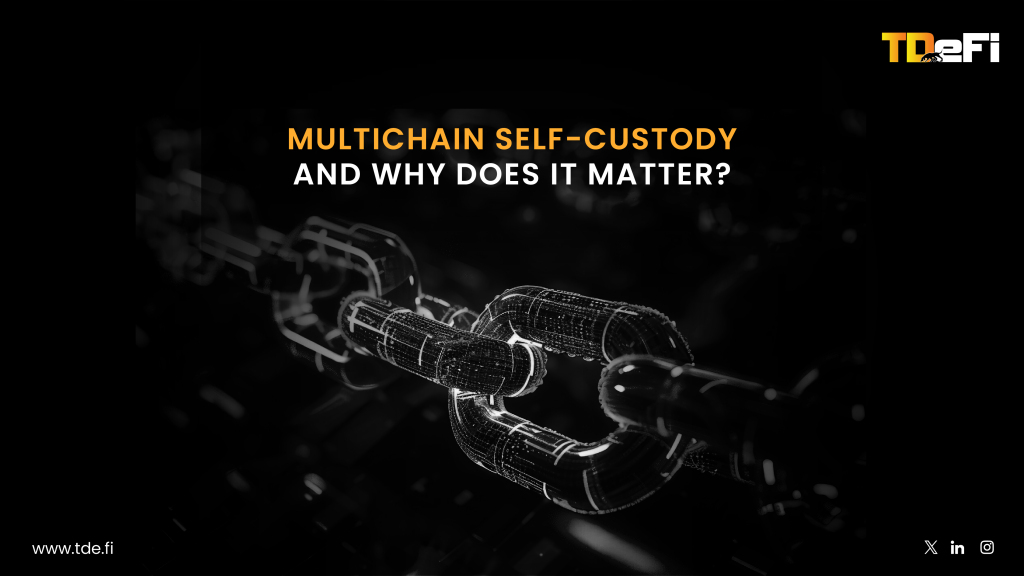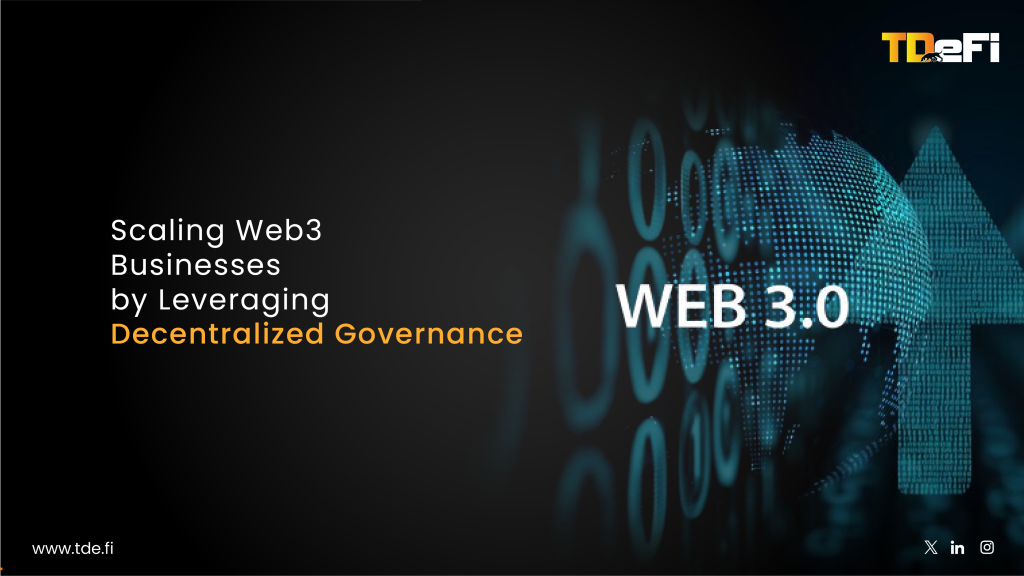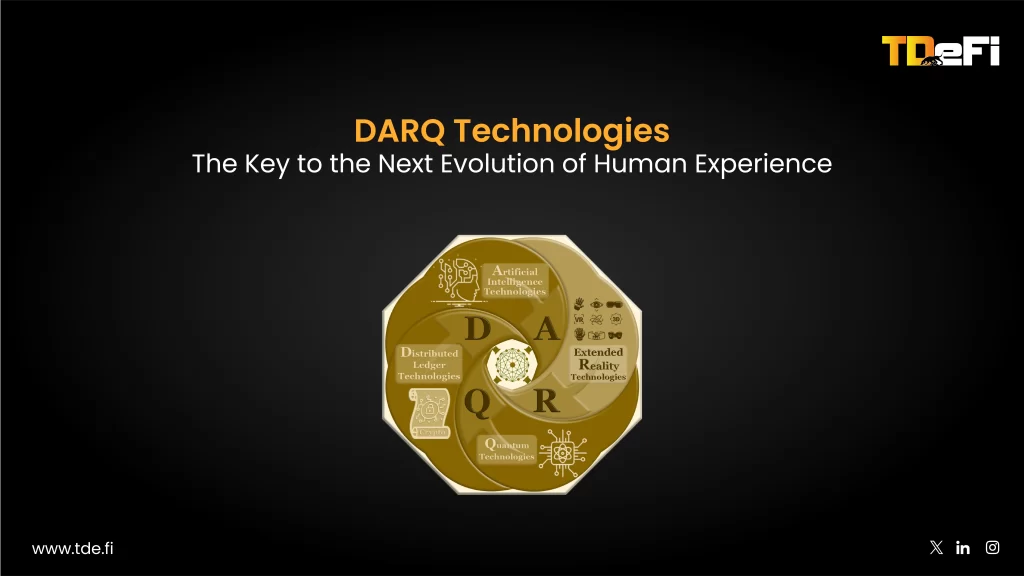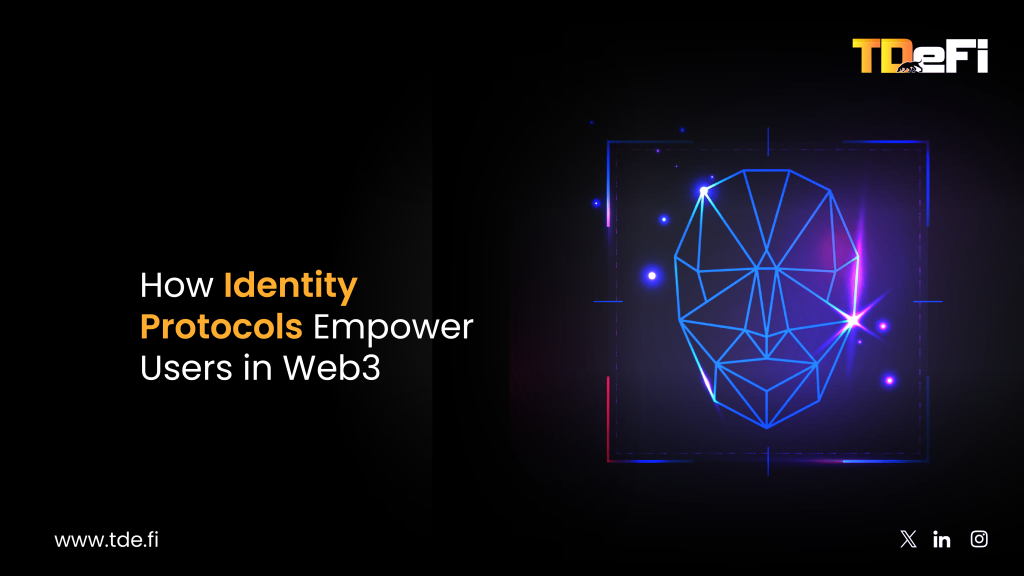“We passed the audit. We launched. We got drained.”
If that sentence feels familiar, you’re not alone. Somewhere between the green checkmark on your audit report and the red alert in your Discord server, your smart contract became an open vault.
You didn’t miss the vulnerability, your team knew the risk. You just underestimated it. And that miscalculation? It cost you millions, trust, and maybe even your runway.
In 2025, the most dangerous Web3 security flaws aren’t the ones hidden deep in code. They’re the ones hiding in plain sight, ignored, underestimated, or mistaken as someone else’s problem.
“Your Smart Contract Passed the Audit, But Is Still a Ticking Time Bomb”
The audit didn’t fail. Your assumptions did.
In a world where “audited” has become a marketing term, security theater is rampant. Many founders treat audits as box-checking exercises, like insurance policies for investor decks. But smart contract exploits don’t care about PDFs.
In 2024 alone, more than $1.2 billion was lost to hacks on “audited” protocols. Why? Because audits are often scoped, timeboxed, and conducted under constraints that don’t reflect the adversarial nature of Web3 attackers.
You don’t get hacked because your code is wrong. You get hacked because someone understood your edge cases better than you did.
What founders miss:
- Audits don’t account for real-time market manipulation (e.g., flash loan attacks).
- Static analysis can’t catch logic flaws that emerge from composability.
- Even formal verification can give false confidence if threat models are shallow.
“Most exploits aren’t surprises. They’re oversights.”
“When Code Becomes Law, Even Your Mistakes Are Permanent”
There are no rollbacks. No customer service. No Ctrl+Z.
In Web3, code isn’t just law, it’s your brand, your treasury, and your trust engine. A single immutable bug is enough to sink a project permanently.
Take the infamous Nomad bridge attack. One misconfigured line of code led to a copy-paste exploit that drained $190M in hours. Or Akutar’s locked funds in 2022, $34M forever inaccessible due to a deployment oversight.
Now fast-forward to 2025: your contracts are more complex. Your users are more impatient. And your treasury is bigger.
If your protocol can’t evolve, neither can your defense.
Mistake founders make: Deploying non-upgradeable contracts without circuit breakers or timelocks, assuming early bugs “won’t happen to us.”
“The Invisible Puppeteers: Oracles, Flash Loans, and Market Manipulation”
Not all exploits are bugs. Some are economics.
Web3 founders often forget: the attack surface extends beyond code. It includes pricing assumptions, liquidity dynamics, and game theory.
Let’s talk about oracle manipulation.
Projects using single-source or thinly buffered price feeds are especially vulnerable. In 2023, Mango Markets lost $100M after an attacker manipulated its oracle to inflate collateral and drain liquidity.
Then there’s the flash loan exploit meta.
You might think your protocol is secure, until someone borrows $500M without collateral, distorts your pool, triggers an edge-case execution, and returns the loan, all within a single block.
The lesson:
- Smart contracts operate in adversarial environments.
- If there’s a profit to be made by breaking your logic, someone will do it.
And when you add Layer-2 composability to the mix, you introduce new timing vulnerabilities: cross-rollup delay windows, bridge sync mismatches, etc.
“Audit Theater vs Audit Rigor: Are You Just Performing Security?”
Here’s a litmus test:
Do your engineers ask how to pass the audit, or how to break the system?
Real audit rigor doesn’t start with a firm. It starts with your internal team. Are they threat modeling? Do they run simulations? Are they watching for how users might misuse the protocol, not just how it should work?
Audit Theater looks like:
- One-off audits for investor PR.
- No internal red-teaming or bug bounty program.
- Blind trust in auditors to find design flaws.
Audit Rigor looks like:
- Continuous testing with fuzzing tools (e.g., Echidna, Foundry).
- Involving white hats and external security researchers.
- Incentivizing live testing via layered bounties and chaos nets.
“Your audit shouldn’t be a certificate. It should be a confrontation.”
“DAO, Delay, Disaster: Governance Lag That Amplifies Security Failures”
Even when flaws are detected, DAOs often respond too slowly.
In traditional firms, a security issue triggers an all-hands war room. In DAOs? It’s a 3-day proposal, 2-day snapshot vote, and a Discord debate over quorum. By then, your treasury is gone.
In 2024, a treasury proposal delay cost a major L2 rollup over $20M. The attack vector was identified in time, but the DAO couldn’t move fast enough to execute a patch.
Founder blind spots:
- No emergency powers or multi-sig kill switch.
- Over-indexing on decentralization at the cost of resilience.
- Relying on token holders to understand protocol risk.
There’s a fine line between democratic governance and operational paralysis. Build for flexibility, because exploits won’t wait for governance to catch up.
“The 2025 Playbook: Security Design Principles for Web3 Founders”
You don’t need 10 audits. You need a defense-in-depth strategy. Here’s the 2025 framework:
- Design for Failure
- Add circuit breakers and pausable modules.
- Bake in emergency upgradeability via proxies.
- Assume exploits are inevitable, engineer mitigation layers.
- Incentivize Security Beyond the Audit
- Launch with live bug bounties on platforms like Immunefi.
- Create simulation environments for whitehats.
- Reward chaos, not compliance.
- Run Chaos Games Internally
- Task your own devs with breaking the system weekly.
- Share findings publicly, build credibility through transparency.
- Don’t Ship Alone
- Lean into collaborative threat intel networks.
- Integrate with on-chain monitoring tools (e.g., Forta, Chainalysis triggers).
- Govern for Urgency
- Maintain a dual-track: one for regular governance, one for emergency ops.
- Pre-authorize crisis responders for time-sensitive decisions.
- Treat Security as Culture, Not Cost
- If your security team doesn’t have veto power over launches, you don’t have one.
- Security isn’t a phase, it’s a mindset.
Closing Thought: The Most Dangerous Bug Is Complacency
In 2025, exploits aren’t just possible, they’re inevitable.
What separates the survivors from the bankrupt isn’t perfect code. It’s founder paranoia. It’s preparedness. It’s treating every line of Solidity like a balance sheet, and every interaction as adversarial.
You’re not building a protocol. You’re building a fortress. And in a world where code is immutable, mistakes are too.





